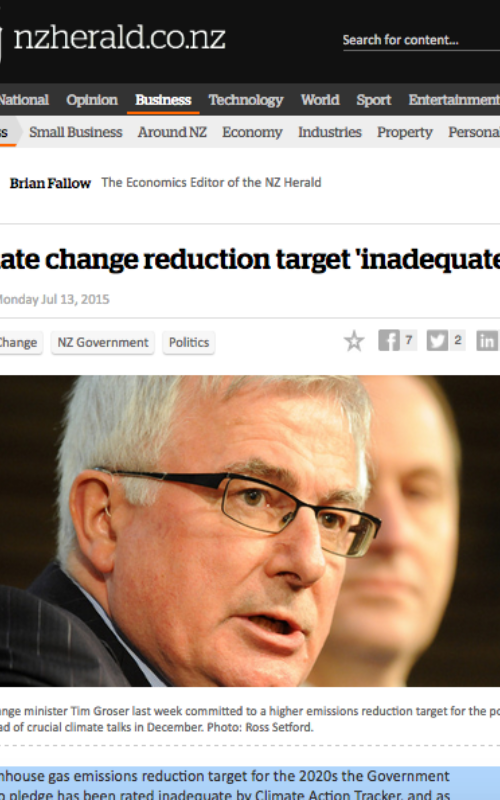Media coverage
Share

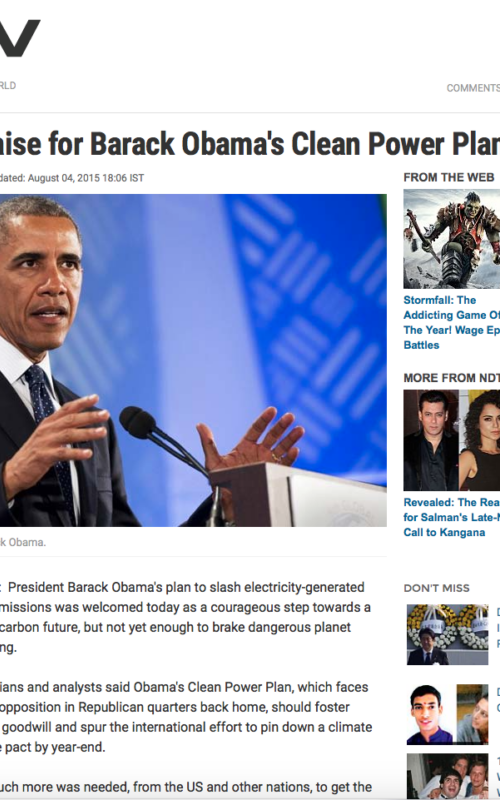
ND TV
President Barack Obama's plan to slash electricity-generated CO2 emissions was welcomed today as a courageous step towards a lower-carbon future, but not yet enough to brake dangerous planet warming.
"This is definitely a step change... from what has been happening so far in the power sector in the US," climate policy analyst Niklas Hoehne of the New Climate Institute, a research body, told AFP.
A measure dubbed the Climate Action Tracker, to which Hoehne contributes, says the US target has "medium" ambition -- as did those of the other top three emitters: the EU and China.
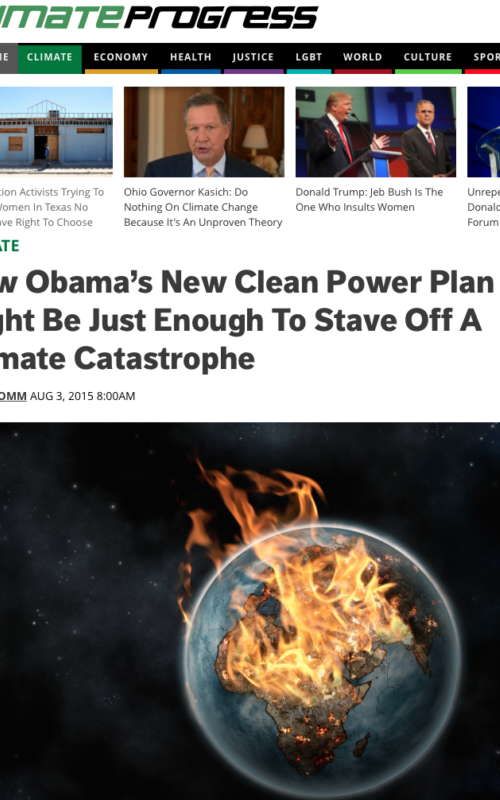
Think Progress
The next few years are unprecedented in human history. We know with unusually high scientific certainty that the near-term choices we as a nation and a species make about carbon pollution will determine whether or not we will destroy our livable climate in the coming decades — thereby ruining the lives of billions of people irreversibly for centuries to come.
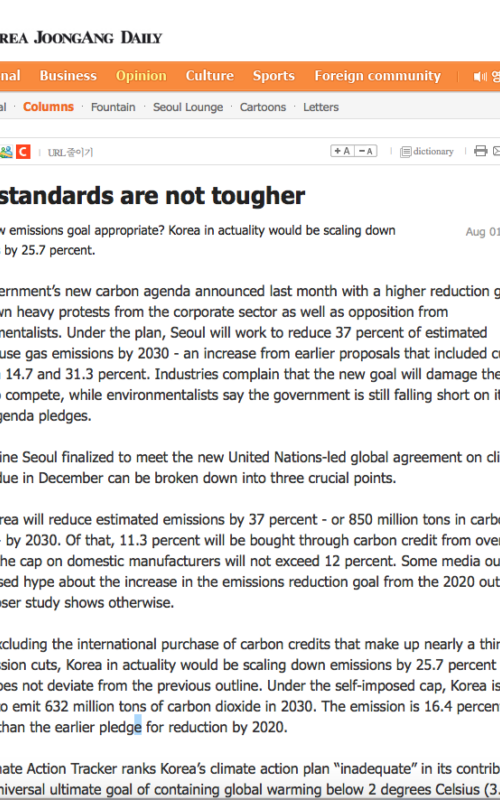
Korea JoongAng Daily
The government’s new carbon agenda announced last month with a higher reduction goal has drawn heavy protests from the corporate sector as well as opposition from environmentalists. Under the plan, Seoul will work to reduce 37 percent of estimated greenhouse gas emissions by 2030 - an increase from earlier proposals that included cuts between 14.7 and 31.3 percent.
The Climate Action Tracker ranks Korea’s climate action plan “inadequate” in its contribution to the universal ultimate goal of containing global warming below 2 degrees Celsius (3.6 degrees Fahrenheit).
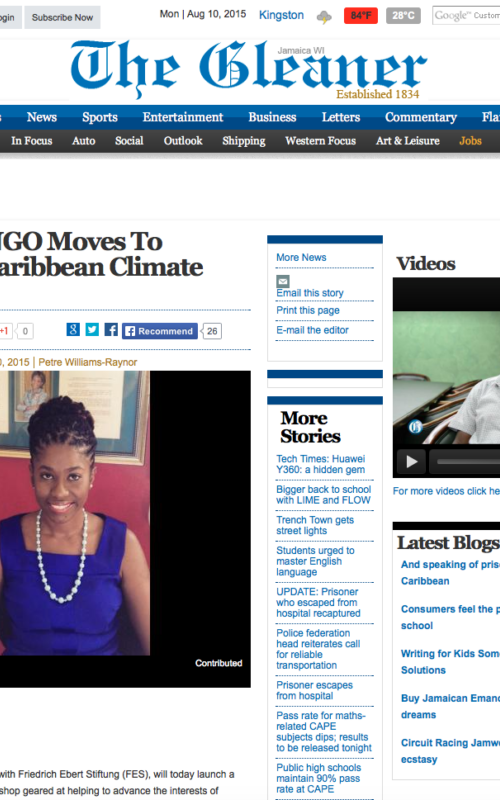
Jamaica Gleaner
PANOS Caribbean, together with Friedrich Ebert Stiftung (FES), will today launch a two-day climate change workshop geared at helping to advance the interests of Caribbean small-island developing states.The workshop, which is to see the participation of some 12 journalists and eight artistes from the region, is being held in St Lucia, ahead of this year's international climate talks set for Paris, France in December.
The workshop - done with co-financing from Climate Analytics, the Organisation of Eastern Caribbean States and the Caribbean Community Climate Change Centre - forms a part of a larger Panos project for which they continue to fundraise.
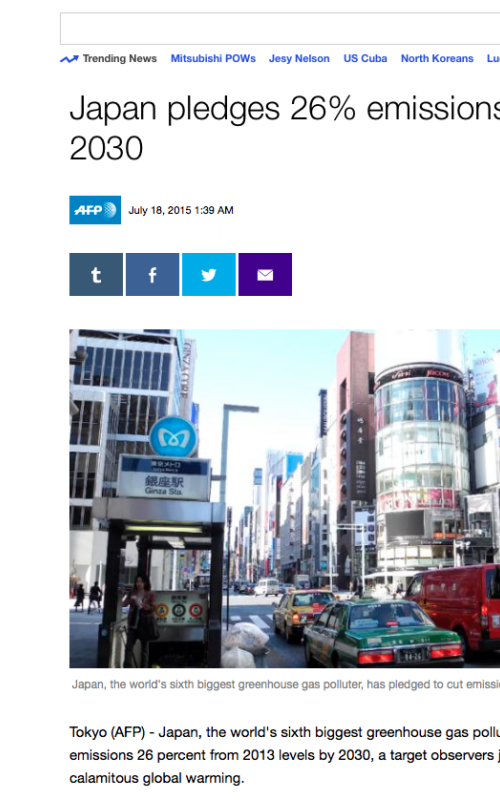
Yahoo News
Japan, the world's sixth biggest greenhouse gas polluter, has pledged to cut emissions 26 percent from 2013 levels by 2030, a target observers judged inadequate to avert calamitous global warming.The Climate Action Tracker, a science-based tool to analyse countries' climate efforts, has described the 26-percent target as inadequate and said Japan could reach it almost without taking any further action.
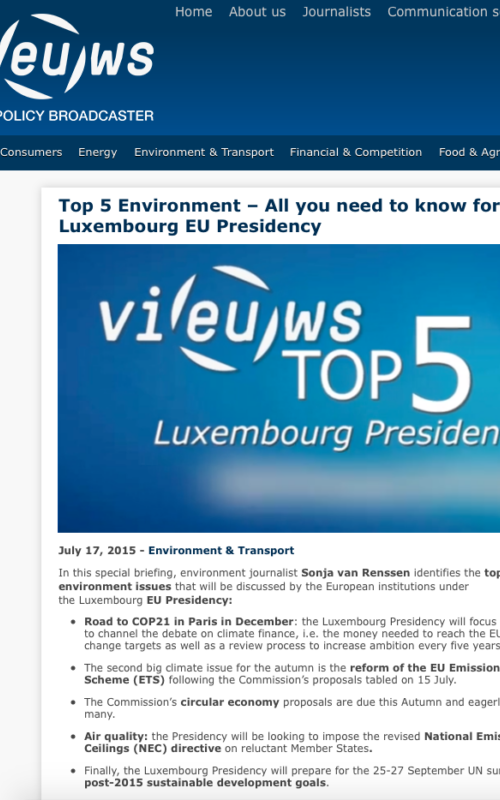
viEUws
Video: viEUws has published a video on the Top 5 Environment priorities, which are going to be discussed by the EU Institutions under the Luxembourg Presidency, featuring the Climate Action Tracker's analysis of G7 and EU pledges.
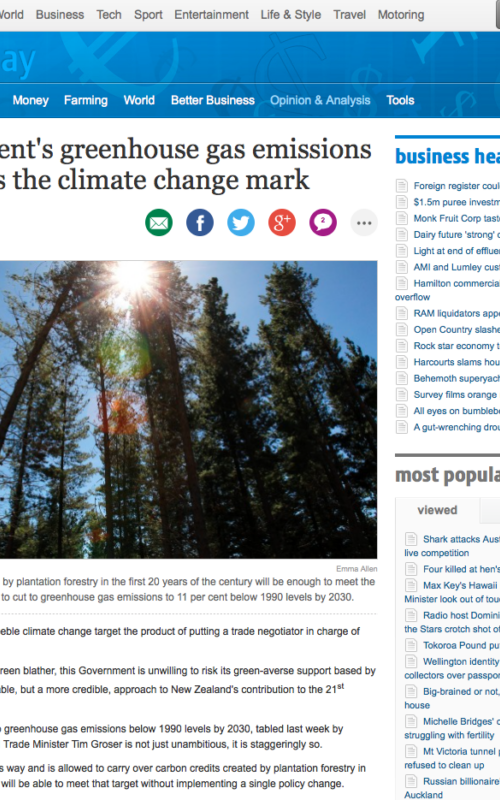
Stuff - Business Day
Opinion: Is the government's feeble climate change target the product of putting a trade negotiator in charge of climate change policy?Or is it proof that for all the blue-green blather, this Government is unwilling to risk its green-averse support based by pursuing not only a more honourable, but a more credible, approach to New Zealand's contribution to the 21st century's most pressing issue?"While most other governments intend cutting emissions, New Zealand appears to be increasing emissions, and hiding this through creative accounting," said Dr Bill Hare, chief executive at Climate Analytics, one of the four organisations comprising CAT.
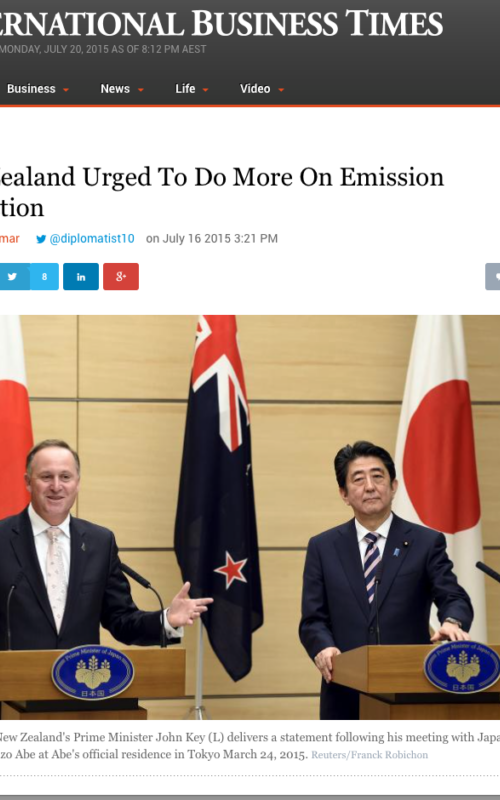
International Business Times
New Zealand’s emission reduction targets are under global scrutiny, with many climate change lobbies and environmental experts urging for more action.
The analysis by four global NGOs also indicates proclaimed self-set target as inadequate at the global stage. "While most other governments intend cutting emissions, New Zealand is increasing emissions," according to Climate Analytics chief executive Bill Hare. The analysis by Climate Action Tracker, which is a consortium of four European research organizations, also warns that if most countries are going to emulate New Zealand's approach in emission reduction, then global warming may exceed 3-4 degree Celsius and will upset the international goal of restraining temperature hike below 2C.
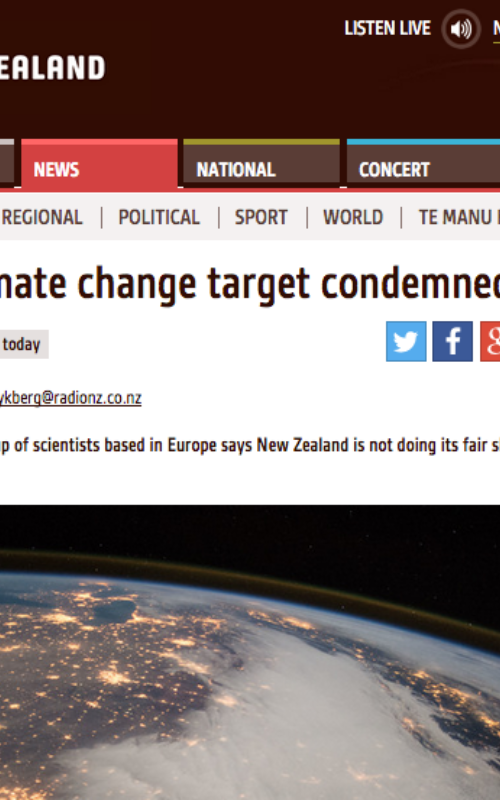
Radio New Zealand
A international group of scientists based in Europe says New Zealand is not doing its fair share to combat climate change. The comments follow the Government's pledge last week to reduce greenhouse gas emissions to 30 percent below the level of 2005 by the year 2030. The Government says this is a significant increase on current targets but it is still only 11 percent below 1990 levels, which is a more commonly used date for calibration.
